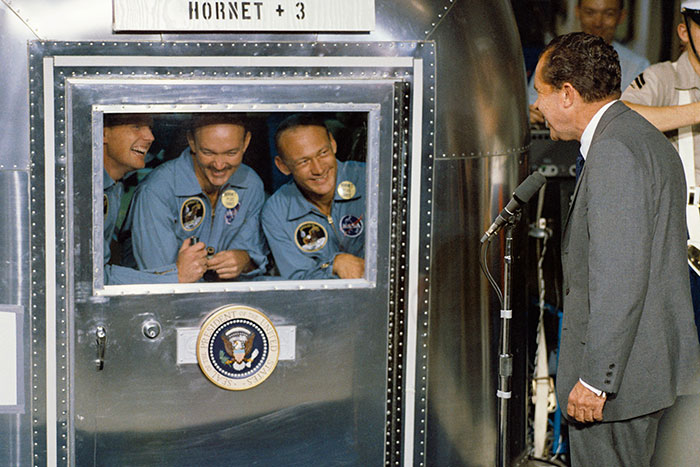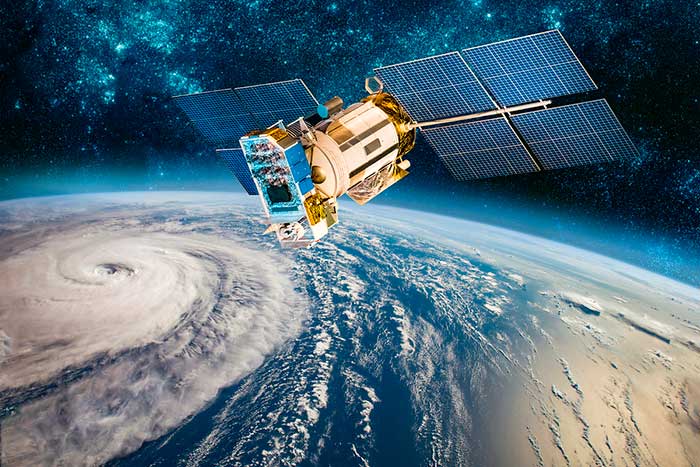
Over 12,000 Americans applied to become NASA astronauts to the moon and Mars in the space agency’s Artemis program. The program aims to send a batch of astronauts, including a woman, to the Moon before 2024 and the first humans to planet Mars before 2030.
NASA reduced the period for application from its normal two months to one month, and they raised the qualification of applicants in certain cases from Bachelor’s degree to a Master’s degree – yet more than 12,000 people sent in their applications. Applicants must have requisite qualifications in fields of science, technology, engineering, or math.
This is the first time in four years that NASA would hire astronauts for space missions. The application process closed on March 31 and the Astronaut Selection Board will announce successful applicants in the summer of 2021. Outstanding candidates will be invited to the Johnson Space Center in Texas for final interviews and medical tests.
“We’re able to build such a strong astronaut corps at NASA because we have such a strong pool of applicants to choose from,” said Anne Roemer, manager of the Astronaut Selection Board. “It’s always amazing to see the diversity of education, experience, and skills that are represented in our applicants.”
NASA administrator Jim Bridenstine said he is pleased with the crop of people who applied for the new era of space exploration under NASA’s Artemis program, saying that “the next class of Artemis Generation astronauts will help us to explore more of the moon than ever before and lead us to the Red Planet.”
According to NASA’s website, the salary scale for the new astronauts ranges from $104,898 to $161,141 per annum.
Although 12,000 plus applicants applied for the current Artemis program, an all-time high of 18,300 candidates applied for NASA openings the last time the space agency employed people. For the current opportunity, people from all over the United States including Washington DC sent in their application. Successful applicants will undergo two years of training which covers space-walking, robotics, and spacecraft systems before they are sent off to space.
The new astronauts will work at the International Space Station (ISS) which is stationed 250 miles above our Earth for a length of time on experimental tasks that prepare them for subsequent Moon and Mars missions.
Although current astronauts launch to space using the Russian Soyuz spacecraft, the new class of astronauts could go to space using SpaceX’s Crew Dragon XL and Boeing’s Starliner capsule or even NASA’s heavy-lift Space Launch System rocket and Orion spacecraft.
Source: abcnews.go.com


